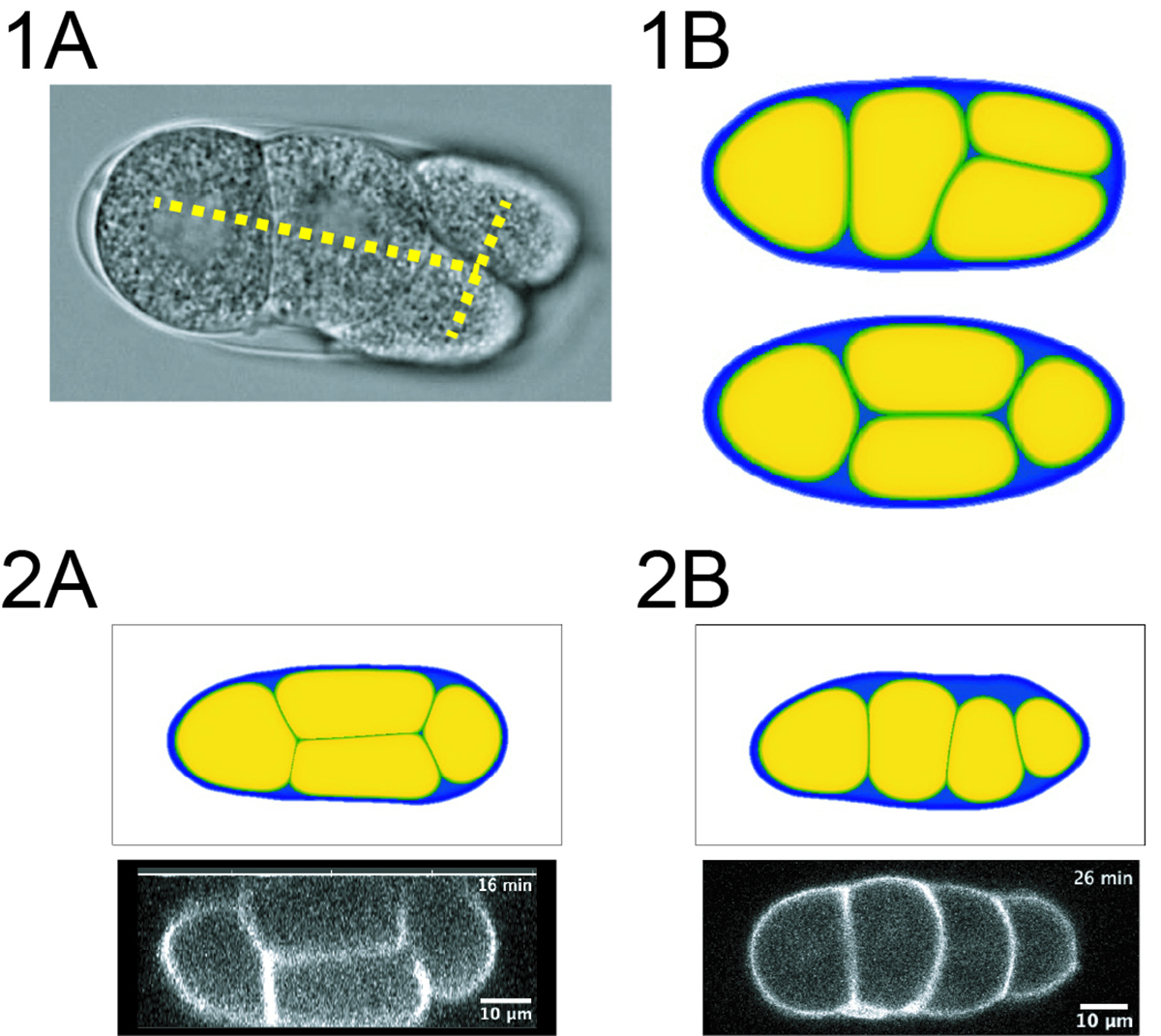2022-05-12 ワシントン大学セントルイス
ワシントン大学セントルイス校マッケルビー工学部生物医学工学科のジーン・K・ベア特別教授であるロヒット・パプ氏は、5月5日発行の『米国科学アカデミー紀要』で、コンピューターシミュレーションに基づく研究を発表し、この違いが水和の自由エネルギーや立体的な体積などの違いによって決定されることを明らかにしました。
<関連情報>
- https://source.wustl.edu/2022/05/pappu-lab-untangles-more-idr-secrets/
- https://www.pnas.org/doi/10.1073/pnas.2200559119
電荷を多く含む本質的無秩序タンパク質において、競合する相互作用が二状態挙動とスイッチ様遷移を引き起こす Competing interactions give rise to two-state behavior and switch-like transitions in charge-rich intrinsically disordered proteins
Proceedings of the National Academy of Sciences Published:May 5, 2022
DOI:https://doi.org/10.1073/pnas.2200559119

Abstract
The most commonly occurring intrinsically disordered proteins (IDPs) are polyampholytes, which are defined by the duality of low net charge per residue and high fractions of charged residues. Recent experiments have uncovered nuances regarding sequence–ensemble relationships of model polyampholytic IDPs. These include differences in conformational preferences for sequences with lysine vs. arginine and the suggestion that well-mixed sequences form a range of conformations, including globules, conformations with ensemble averages that are reminiscent of ideal chains, or self-avoiding walks. Here, we explain these observations by analyzing results from atomistic simulations. We find that polyampholytic IDPs generally sample two distinct stable states, namely, globules and self-avoiding walks. Globules are favored by electrostatic attractions between oppositely charged residues, whereas self-avoiding walks are favored by favorable free energies of hydration of charged residues. We find sequence-specific temperatures of bistability at which globules and self-avoiding walks can coexist. At these temperatures, ensemble averages over coexisting states give rise to statistics that resemble ideal chains without there being an actual counterbalancing of intrachain and chain-solvent interactions. At equivalent temperatures, arginine-rich sequences tilt the preference toward globular conformations whereas lysine-rich sequences tilt the preference toward self-avoiding walks. We also identify differences between aspartate- and glutamate-containing sequences, whereby the shorter aspartate side chain engenders preferences for metastable, necklace-like conformations. Finally, although segregation of oppositely charged residues within the linear sequence maintains the overall two-state behavior, compact states are highly favored by such systems.


